Reporting from VivaTech 2025 in Paris on behalf of The Interline, Lisa Oxenham explores how beauty – an industry long defined by aesthetics and aspiration – is taking meaningful steps to create systems and structures to support its scientific and sustainability ambitions.. From AI-powered diagnostics to regenerative ingredients and virtual advisors, this year’s showcase revealed that tech, after years of being an ancillary function of beauty, is set to be the sector’s next big unlock.
The beauty tech outlook
On the ground at VivaTech Paris (which took place from June 11th to 14th) it was easy to get caught up in what was in front of you – especially if, like me, you went with the brief of finding out what’s really going on with the technology side of beauty. To grasp the full significance of the implications of the presence that beauty giants like L’Oréal had at the show, it helps to zoom out. And it helps to carry some history with you.
Beauty, as insiders know, has long lagged behind industries like fashion or automotive in adopting enterprise technology and cross-sector innovation. Rooted in heritage, emotion, and aspirational marketing, beauty has been slow to embrace systemic change, with many brands reasoning that what works today has worked throughout recent memory, so why mess with a workable formula? But that attitude ignores the fact that the world around that formula is changing, and it’s changing fast.
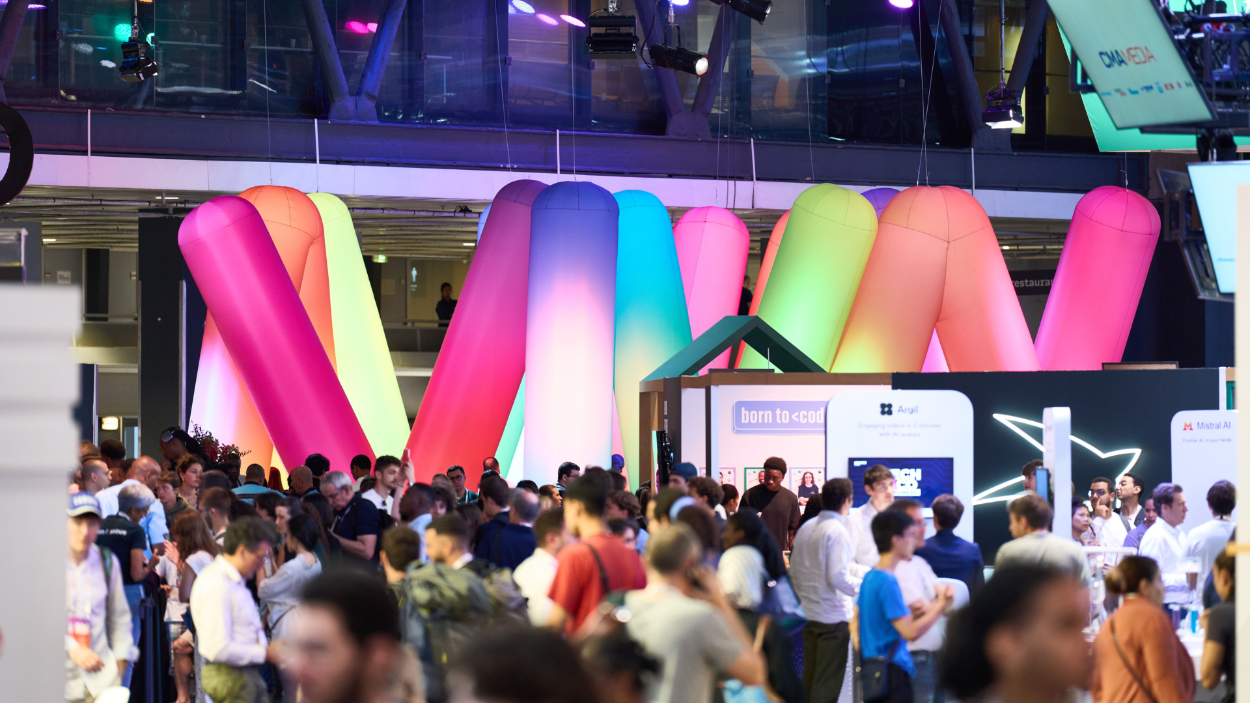
Tightening regulations, climate volatility, shifting consumer values, and growing mistrust in a misinformation-saturated market are all putting pressure on the industry to evolve. At VivaTech, then, L’Oréal wasn’t presenting innovation for innovation’s sake. Instead, the company was demonstrating how beauty can adapt to a radically new landscape – one where performance must be proven, claims must be traceable, and innovation must be both ethical and effective.
In other words: like a lot of industries before it, beauty is finding invention and reinvention not in the margins of existing systems, but in a mandate to do something fundamentally different.
If CES is where consumer electronics take the stage, and SXSW where culture meets code, then VivaTech is becoming the forum where legacy industries – beauty included – pull the curtain aside on their strategic vision for reinvention in a way that’s more pragmatic and practical than you might expect from a gigantic trade fair. No longer a showcase for future fantasies, VivaTech, in my opinion, is now the place where long-term strategy meets near-term execution, with technology as the prism to view both horizons through.
And when we look through that lens, we’re reminded that the beauty industry has traditionally prioritised “tech” at two extremes of the product journey: in core science, and in consumer-facing experiments. Both of these have worked, and as I saw at VivaTech they’re going to continue to deliver returns in their own lanes, but based on what was on show at the event, the real face of beauty tech in the grounded, near-term is going to sit squarely in the middle of the lifecycle.
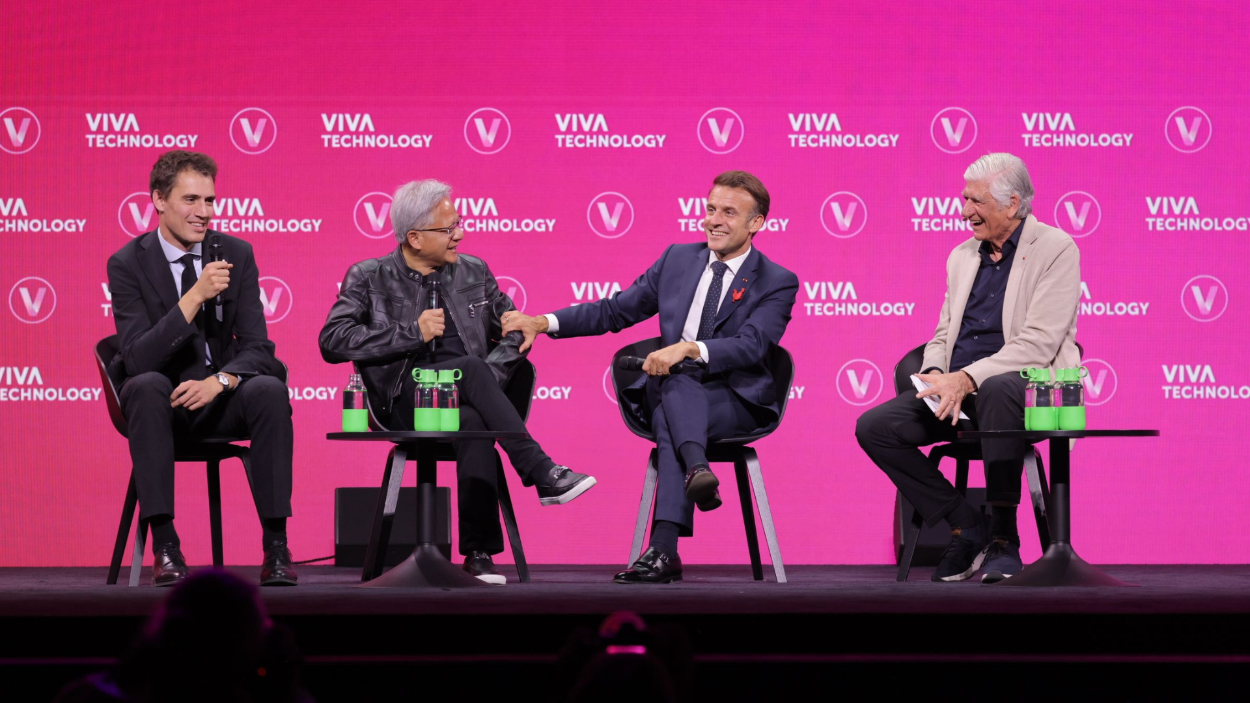
This is a harder notion to convey at a showpiece event than new shades, formulas, or substantiated claims. On the showfloor, sensory overload means the biggest and the brightest things stand out, but the beauty tech message came through clearly, even if it was a little quieter. Beauty tech, as a defined category and an engine for digital transformation, isn’t about gadgets or gimmicks. It’s about infrastructure. It’s about data centralisation, governance, collaboration, alignment, scientific validation, and multi-disciplinary partnerships. It’s a shift from single-product storytelling to systems-based thinking – from selling lipsticks to designing intelligent, responsive ecosystems that put the creation and the story of those products at the centre of a dramatically expanded digital ecosystem.
And in that respect, L’Oréal was keen to show that it was leading from the front. With what is widely considered the world’s largest beauty database, the company is setting out to establish a new industry standard using the operational building blocks of digital transformation, and the essential science that connects leading beauty brands with increasingly discerning consumers.
Unlike previous years, where augmented reality tools and connected devices grabbed headlines, this time it was the fusion of longevity science, artificial intelligence, and sustainability that shaped the company’s narrative.
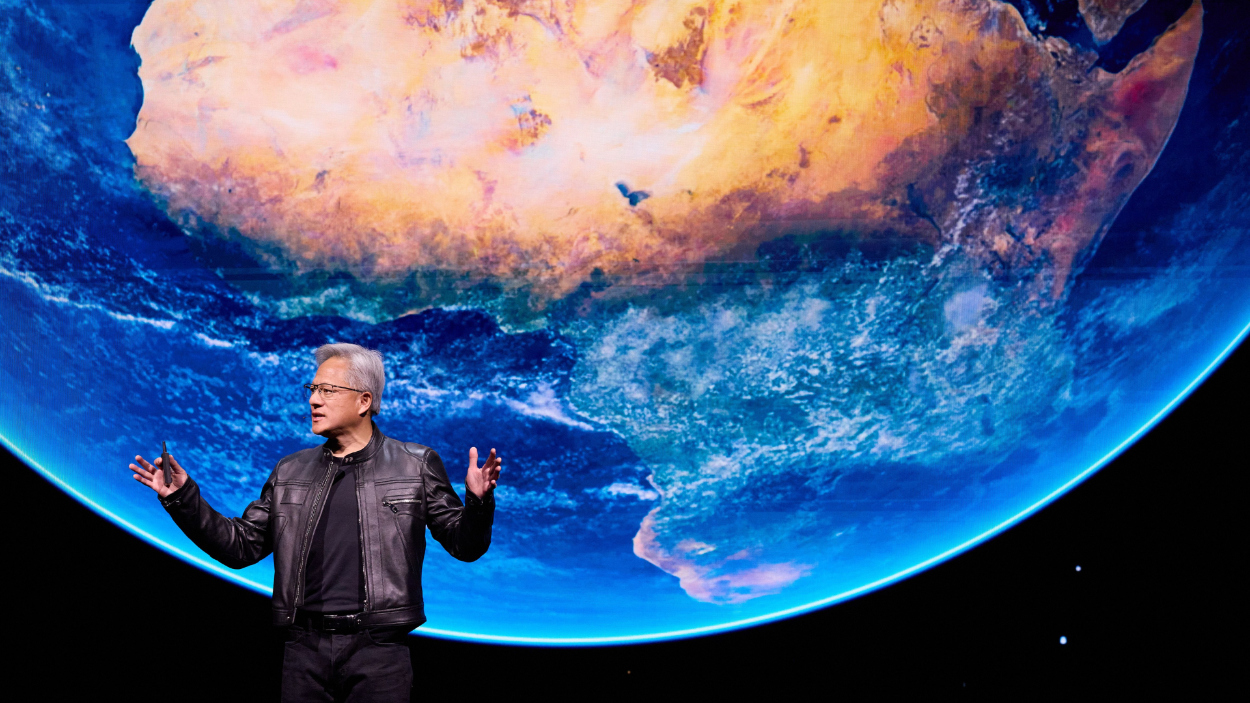
“There’s been a paradigm shift – consumers no longer just want to look beautiful, they want to feel well too,” said Guive Balooch, Global Managing Director of Augmented Beauty and Open Innovation at L’Oréal. “That shift is pushing us to go deeper than ever, from surface-level skincare into the biology of ageing itself.”
This all sounds big in theory, but it was also visible on the ground at the displays put on by the biggest brands and groups. L’Oréal’s stand, in particular, was more concept lab than cosmetics counter. Among its centrepieces was the debut of L’Oréal Longevity Integrative Science, a new framework that blends dermatological research, digital diagnostics, and AI to move skincare away from the reactive and toward the preventative. At its core sits the Longevity AI Cloud, a proprietary model designed to interpret the nine biological “hallmarks of ageing.” Translated: it’s a machine learning tool that maps skin ageing on a cellular level and offers predictive recommendations for personalised routines.
The company refers to this as its “wheel of longevity.” But functionally, it operates like a personal skin health operating system, one that could become the foundation of future beauty-and-health hybrid services. And with that platform L’Oréal is working to position itself as a partner in long-term wellness, not just aesthetics.
There’s also another angle to view this from: as a new, bi-directional data model for exchanging value between consumer and brand, which is something that every product-centric industry has been striving towards (and that adjacent industries have talked about using the lexicon of data sovereignty, Web3, and so on) but one that, arguably, only the largest beauty companies, with the deepest moats, have the potential to actually pull off.
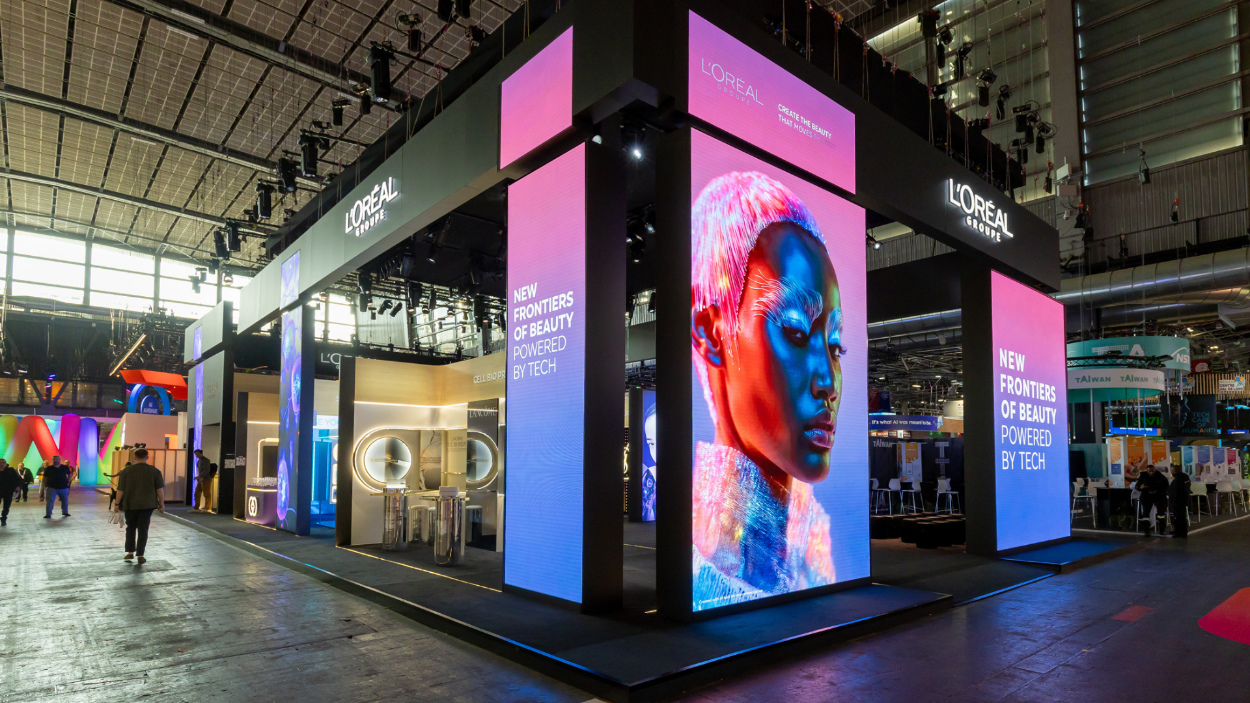
We can also start to see some of this shift in practice when we look at how beauty is testing the waters of consumer devices – which could become an explosive category that other sectors (fashion, footwear etc.) don’t have an easy way to replicate. Take the Lancôme Cell BioPrint, a portable diagnostic tool created with Korean biotech company NanoEntek. It allows users to measure their skin’s biological age at home and receive tailored guidance. Once the reserve of high-end clinics, these diagnostics are now poised to go mainstream. Critically, they rely on biomarkers, not marketing language – and those biomarkers will be part of the toolkit that brands then build new innovations on top of, securing them some measure of not just product or brand loyalty, but measurable ecosystem loyalty of the kind that secures consumers across transitional stages of their lives.
“We’re moving from aesthetics to integrative science,” said Balooch. “For 20 years we’ve focused on the skin’s surface – wrinkles, pores. Now we’re going cellular. With Cell BioPrint, we can assess skin’s biological age in minutes, using biomarkers that guide smarter, more proactive skincare.”
Balooch added: “With just a tape strip and a five-minute test, we can now help users understand not just where their skin is today, but what risks it may face in the future – and recommend the right ingredients and formulations to address it.”
From green theatre to embedded systems
What also stood out, to me, this year was a new maturity in the way the industry talked about sustainability – one that’s more than likely born out of the same awareness of just how comprehensively data can change the way companies engage with their consumers and the ways they collaborate with and understand their partners up and downstream.
L’Oréal’s partnership with Interstellar Lab on vertical farming is one example. Their BioPods use AI to optimise plant growth in controlled environments, allowing the company to produce high-potency botanicals with drastically reduced land and water use. These systems are not hypothetical: early batches are already influencing lab tests, and full-scale applications are anticipated within 24 months.
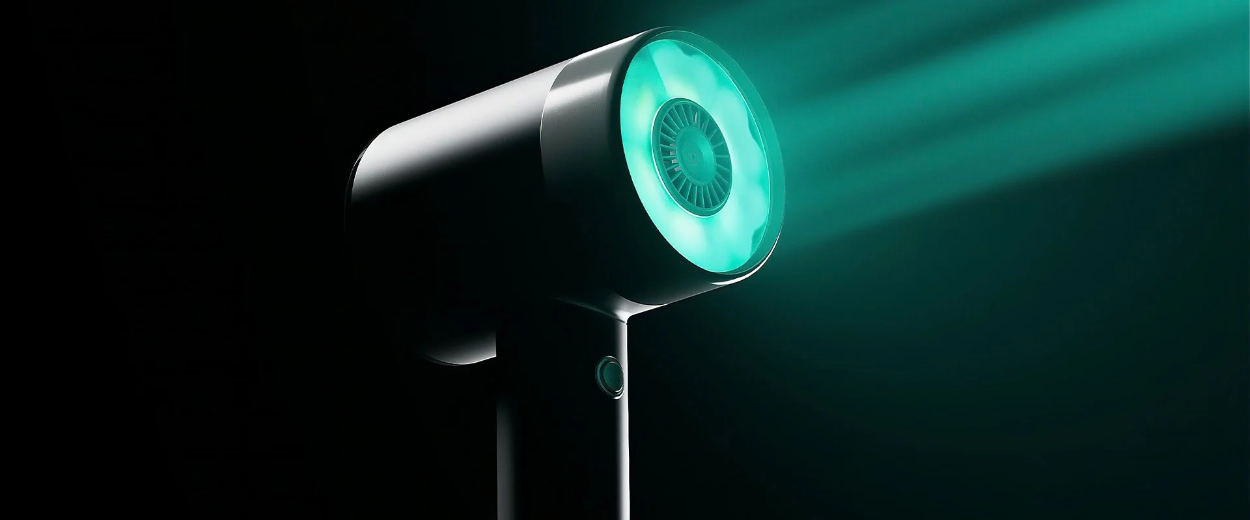
In fragrance, Osmobloom, developed with Cosmo International, captures scent molecules from flowers without cutting them. This not only preserves biodiversity but also allows for the use of previously untapped floral species. It’s a win for both innovation and ethics.
L’Oréal’s AirLight Pro, co-developed with startup Zuvi, reflects the company’s effort to embed sustainability into everyday beauty tools. Using infrared light and airflow, it cuts energy use by 19% and retains more hair moisture – a rethink of a 100-year-old appliance. “Zuvi’s innovation shows that performance and sustainability can, and must, coexist,” said Guive Balooch. More than a product upgrade, it signals L’Oréal’s shift toward decarbonising beauty at scale.
Human expertise meets generative AI
Among the more subtle – but significant – innovations on display across VivaTech was the use of Agentic AI. In L’Oréal’s case this was done in collaboration with Salesforce. Rather than replacing beauty advisors, the system is designed to assist them – automating admin and freeing time for deeper human connection. That’s a common refrain across a lot of industries, but in one as directly consultative and expert-led as beauty, where increasingly savvy consumers are asking progressively more difficult and scientific questions of clinicians, support staff, and advisors – and where claims are more tightly scrutinised than anywhere else – the potential for AI to not just shoulder a burden but also carry it in a more reliable way could be significant.
Then there’s Noli, an AI-backed multi-brand platform funded by L’Oréal. According to the promotional material on display at VivaTech, that platform draws from a vast database of facial scans and ingredient analysis to match users with customised product recommendations. Think of it as the front-end of a med-tech engine, promising personalised beauty regimes that scale. This kind of bet is something, again, that only the biggest groups can take on, but it’s also one that could pay dividends in the near future if it’s properly backed by the right data foundations.
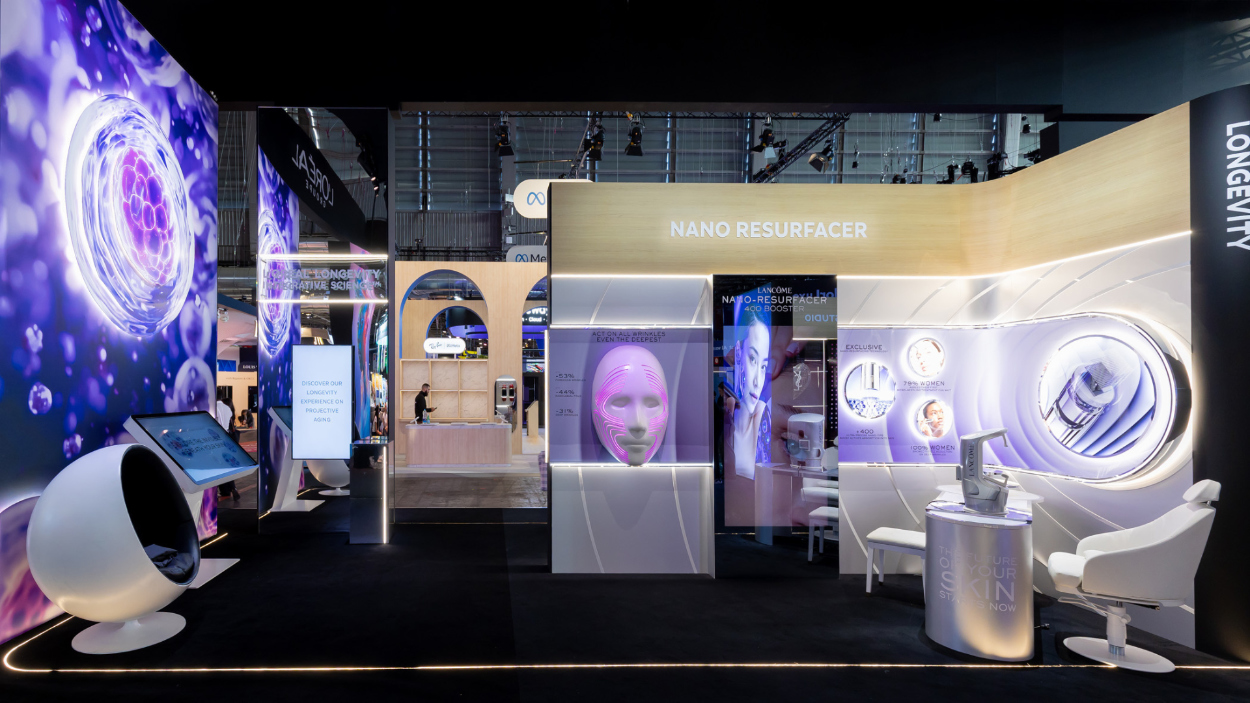
The YSL Beauty Hyper Look Studio, built with Meta, rounds out what I saw being shown around beauty’s digital engagement playbook. It allows users to preview trending looks via AR and social feeds, trying to blend culture, commerce, and technology in a real-time interface. And, this being Meta, there will be more than just a sprinkling of AI in there, too.
“This is about helping consumers reach their own vision of beauty more easily and confidently,” said Balooch. “They don’t want to guess anymore — they want to see how a product looks, understand how to apply it, and feel empowered to make the right choice for them. That’s where virtual try-ons really matter.”
The broader implications
What’s notable about L’Oréal’s showcase in particular is just how far along much of the tech is. These aren’t R&D teases – they’re active systems with roadmaps. This doesn’t necessarily mean that they’re in full-speed operation, or that every integration backing them is complete, but there’s little reason to suspect that they won’t be undergirding the extended digital transformation strategies of some serious beauty brands in the very near future.
The Longevity AI Cloud is already apparently gearing up to support clinical diagnostics. Cell BioPrint is due in select markets by late 2025. AirLight Pro is already sold commercially. Osmobloom is ready for integration into perfumery.
What’s more, the company is embracing external collaboration at a scale we don’t often see in beauty, where proprietary systems and zealous direct ownership of innovation are the usual strategies. L’Oréal’s partnerships span enterprise software (Salesforce), biotech (NanoEntek), environmental science (Interstellar Lab), and digital platforms (Meta). In an industry often characterised by closed IP and internal development, this open-architecture approach is a notable pivot.
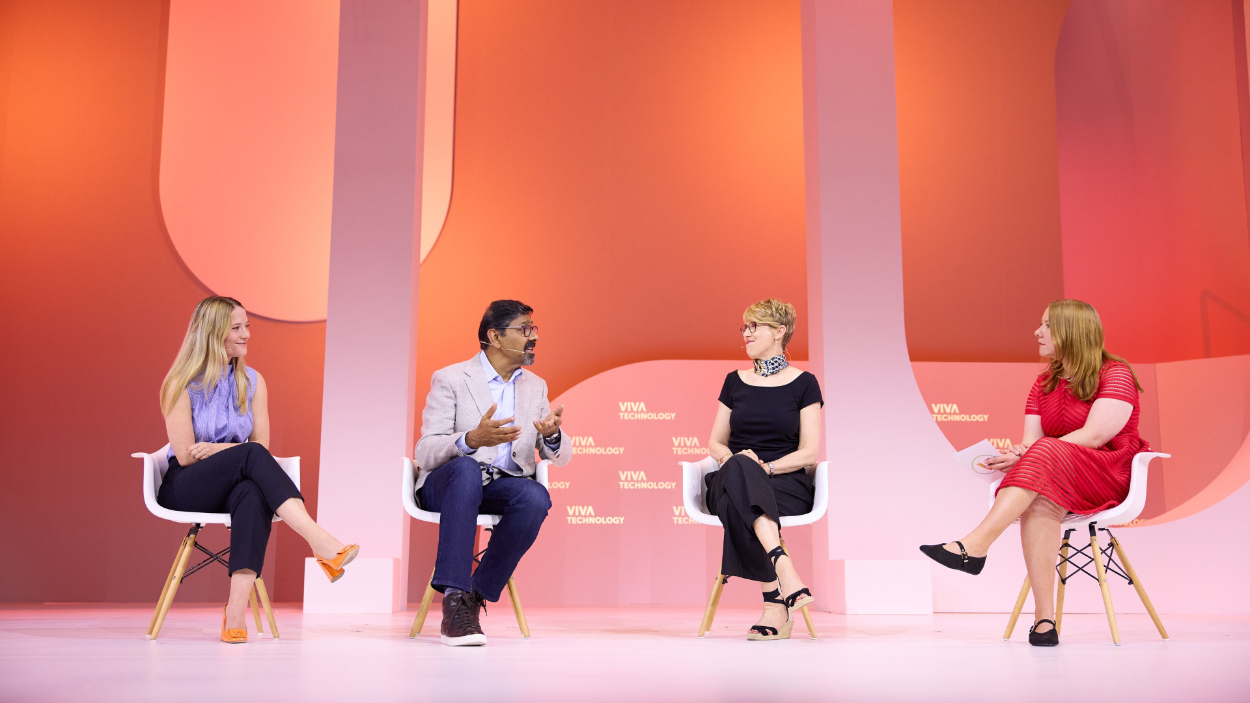
Meanwhile, the broader trends at VivaTech – in climate tech, data ethics, regenerative materials, and circular packaging – highlight the context in which L’Oréal and other beauty mainstays are operating. Those brands are acutely aware that the future of beauty isn’t just a matter of launching products, no matter how much process, manufacturing, or application innovation is built into them Success in beauty is as much about digital architecture and the data that will run through it as it is about what makes it to store shelves or VTO apps.
VivaTech 2025 wasn’t about glitzy demos. It was a preview of a future where beauty companies don’t just sell formulas – they orchestrate systems that touch science, sustainability, and society. L’Oréal may be leading the charge, but the broader landscape suggests they won’t be alone for long.
